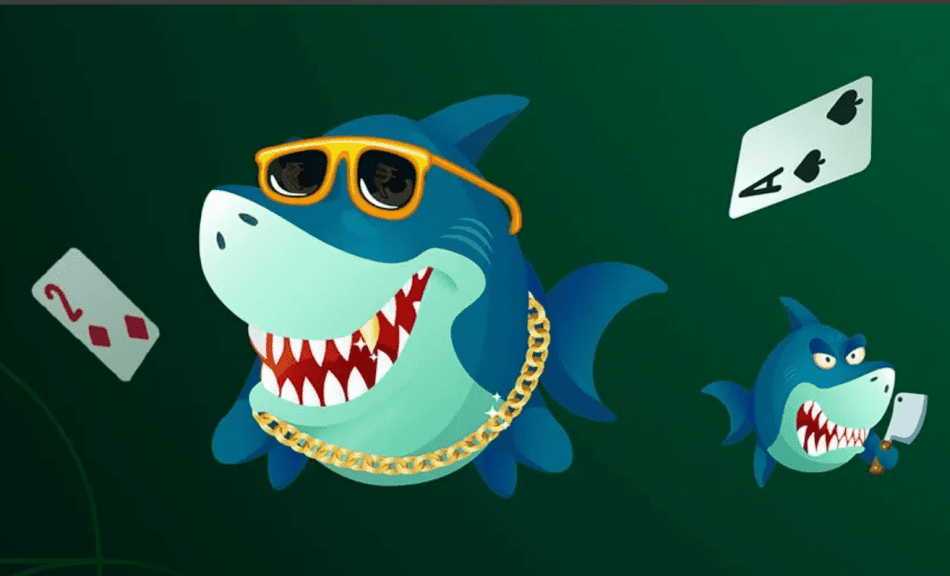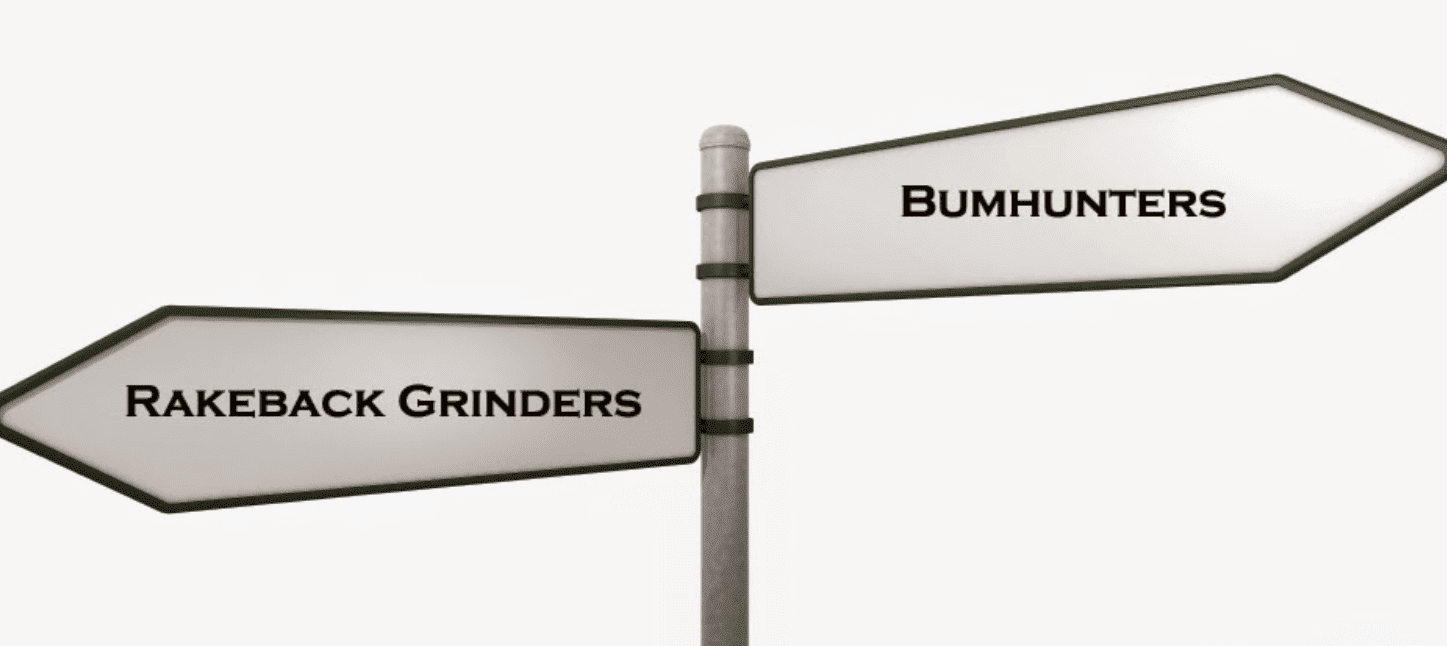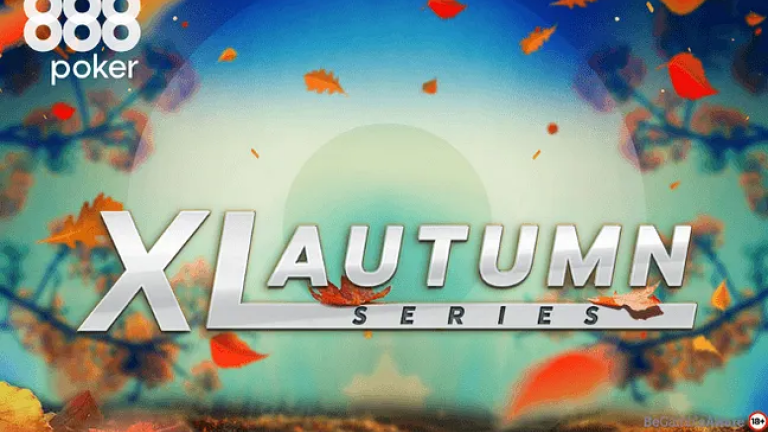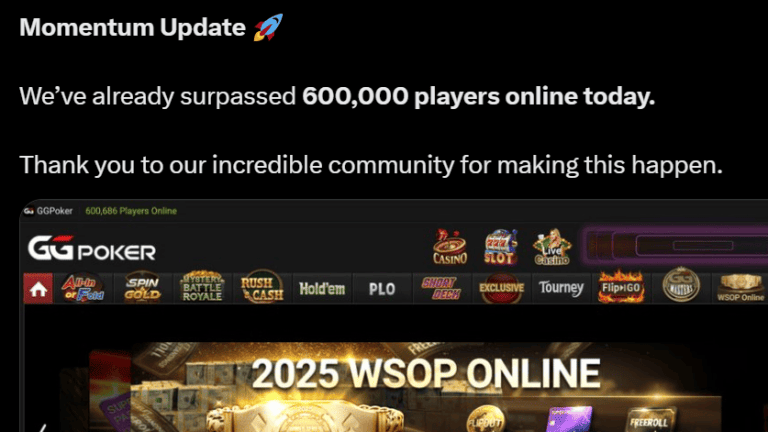Tight Regulars Are Out – How Poker Sites Think About a Healthy Online Ecosystem
Over the past decade, the online poker industry has undergone a dramatic transformation. Gone are the days when high-volume, rakeback-grinding regulars were the cornerstone of poker sites. Today, operators are building ecosystems that revolve around one key demographic: losing recreational players.
In this in-depth analysis, we’ll take you behind the scenes and explain how poker rooms view their player base—not through a player’s lens, but through the eyes of operators and affiliates. Even seasoned pros often misunderstand their own value—or lack thereof—to the platforms they play on. Our goal is to bridge that gap.
At RakeRace.com, we’ve followed the evolution of online poker for more than 15 years, both as affiliates and as long-time players. We were there in the early days of the boom, grinding tables and helping players find their way to the best deals. But we were also present at the conferences, the meetings, the turning points—where poker sites made it clear that the golden era of rakeback and rewards for high-volume grinders was over.
We remember the shift vividly. In just a couple of days at one affiliate conference, nearly every room announced the same message: "From now on, we only want losing recreational players." Suddenly, Supernova Elites were no longer stars—they were liabilities. Rakeback models changed. And slowly but surely, the tools that gave pros an edge—HUDs, tracking software—began to vanish.
But how exactly did we get here?
Who Are the Most Valuable Players from a Poker Site’s Perspective?
To understand what makes a player valuable—or harmful—to a poker site, we first need to define the main types of players that populate the tables:
- The Depositing Fish: The player who regularly loses and is not very skilled. Even better (from the site’s point of view), they reload after a loss and come back for more action.
- The Multi-Tabling Nit Regular: A volume-heavy grinder who plays many tables, folds almost everything, avoids big pots, and ekes out small profits—or at least rarely loses.
- The Winning LAG (Loose-Aggressive Player): They’re profitable, but they play a dynamic, action-heavy style.
Now for the million-dollar question: which of these player types is the most valuable to the poker site?
The answer is no mystery.
- The depositing fish is the cornerstone of the ecosystem.
- The LAG regular is acceptable—they help keep the games fun and drive action.
- The nit regular? Surprisingly, they’re the least desirable.
Yes, even though nit regs often generate the highest raw rake numbers due to their sheer volume, they are increasingly seen as net negative for the ecosystem. They rarely give action, often scare recreational players away, and create dry, passive game environments.
Understanding why requires a deeper look at how the ecosystem functions—and what “healthy” really means in an online poker economy.
Why Did It Change? A Look Back at the Early Days of Online Poker
Back then, the game was booming. New players were joining every day, and the influx of fresh money seemed endless. Poker was everywhere—on TV, in magazines, on billboards. Everyone believed they could make a living playing cards online. And many did, with little resistance.
The rakeback system in those days worked differently. Most sites used the dealt rake method: it didn’t matter whether you actually participated in the hand—if $3 was collected in rake, every player dealt into the hand got a proportional share of that attributed to them.
Poker rooms aggressively competed for players by offering massive rakeback deals. The more rake you generated, the higher your rakeback tier—and the more money you got back. It wasn’t uncommon to see rakeback rates of 60–70%, especially under the dealt method.
Compared to the early 2000s, the current rakeback landscape is a shadow of its former self.
At the time, everyone—players, affiliates, even the rooms themselves—believed that rewarding high-volume grinders was a win-win model. But that logic turned out to be short-sighted.
And the consequences of that model would slowly begin to show.
How the Rakeback System Distorted Player Behavior
The reward system of early online poker sites had unintended consequences.
- Play as many tables as possible. More hands dealt = more rake credited to you.
- Use a super-tight strategy. Fold almost everything, avoid variance, wait for premium hands.
- Profit even at breakeven. High rakeback alone made the grind worthwhile.
This led to the rise of the multi-tabling nit rakeback grinder. The formula: play 12+ tables, fold 85% of hands, and let the tracker software show you those glorious rake numbers ticking upward.
But from the poker site's perspective, this made less and less sense.
These players were not creating action. They were slowing games down and often driving recreational players away. Yet under the dealt rake system, they were the ones getting the biggest rewards.
Clearly, something had to change.
What Did All This Mean for Fish and Good LAG Players?
The recreational player wanted to play poker—to chase draws, gamble, and have fun.
But instead, they got: UTG tanking, folds, MP instant fold, CO tanks again... all from players grinding 20 tables. For the average fish, this was boring. Frustrating. And eventually, they left.
Winning LAGs, on the other hand, could still make money and even help the ecosystem. They played more hands, created action, and gave recreational players the kind of games they wanted to be part of.
In the long run, the old environment didn’t work for fish, LAGs, or poker rooms.
Was This Model Good for the Poker Sites Themselves?
In hindsight, the answer from the industry is a resounding no.
Today, there’s near-universal agreement among poker site operators: the old rakeback-heavy model was deeply flawed. It rewarded the wrong type of player—those who contributed neither to site profitability nor to game quality. Even worse, it often punished the most essential group in any sustainable ecosystem: the recreational players.
Instead of encouraging new deposits and dynamic play, the system prioritized tight multi-tablers who slowed down games and drained the tables of fun.
It wasn’t until 2015 that PokerStars—then the industry leader—finally pulled the plug on their legacy VIP system. By then, the damage had been done, but the boom years had kept the ecosystem afloat long enough to mask the cracks.
During the early 2010s, a constant stream of new recreational players kept joining the games, still riding the momentum of the poker boom. That steady inflow allowed the flawed model to persist for years—almost by inertia.
But from the operator’s perspective, the real long-term value was never in the rakeback grinders. The truly valuable users came to PokerStars because they wanted a poker experience—fast software, exciting games, and good opponents. They didn’t show up for promotions—they came for entertainment.
And that’s why networks like GGNetwork are thriving today: they built their product around player experience, not around cashback programs.
The Changes That Reshaped the Online Poker Landscape
Sites began shifting to the contributed rake model. You only received rake credit if you actually put money in the pot.
Then came more opaque models: Essence, SBR, PVR (Player Value Rating). These systems are weighted based on behavior, winrate, and more. If you’re a smart, consistent winner, chances are you’re earning less back than a recreational player who deposits often.
Sites also:
- Abandoned rakeback volume models.
- Limited or banned HUDs and tracking tools.
- Tested player pool segregation (e.g., iPoker1 vs iPoker2).
Poker is now built around recreational player protection.
Who Are the Poker Sites Truly Love?
- Frequent depositors. Not just bankroll movers, but actual reloading players.
- First-time depositors. Still valuable.
- High-VPIP players. Loose, action-driven, fun to play against.
Sites no longer want players who treat the room like a reward optimization engine.
Modern poker sites are optimizing for player retention, table engagement, and ecosystem health—not raw rake volume.
A Deliberate Strategy – Rewarding the Poker Experience, Not Just EV Hunters
Modern poker rooms are very clear about one thing: the future of poker depends on entertainment value.
The players who truly keep the ecosystem alive are those who come to play for fun. They might love to win, but they’re not devastated if they lose. For them, a poker session is like going to the movies or grabbing drinks with friends—an enjoyable experience worth spending money on.
These are the players the sites want to reward and retain.
They’re no longer interested in attracting users who try to max out every promotion, squeeze value from every loophole, and treat poker purely as a mathematical grind. Those players often cost more than they contribute.
At industry conferences, site reps are refreshingly honest about this shift:
“We know some of your players won’t like this—and that’s fine. If they want to leave for another room, we wish them good luck. But we’re not changing direction.”
This is no longer the minority view. It’s the new industry consensus.
Examples of This Strategic Shift:
- Modern rake systems now reward repeated deposits, not just volume or winrate.
- Winning bumhunters—especially those targeting weaker players exclusively—are often banned manually after just one warning.
- HUDs and tracking software are being outlawed across major sites, to prevent skill gaps from becoming too steep for casual players.
- "Run It Twice" features give recreational players more post-flop excitement and increase their perceived equity in all-ins.
- Jackpot poker formats (like Spins or lottery-style Sit & Gos) offer huge potential wins to recreational players, creating dream scenarios and, hopefully, a new mini poker boom.
The message is simple: poker sites aren’t backing down. They’re optimizing for the long-term health of the ecosystem, not for short-term rake spikes from high-volume grinders.
Without depositing, loose-playing players at the table, there is no game. If the table fills with nothing but regulars, the game dies—sooner rather than later.
What About Winning LAG Players?
Unlike nit grinders, winning LAGs aren’t necessarily a threat to the poker ecosystem. In fact, in the right environment—especially one with a healthy supply of recreational players—they can be a net positive.
These players aim to beat the game itself, not the bonus system. They play more hands, take more risks, and create larger pots—which means more rake for the site and more excitement for everyone at the table. Their style contrasts sharply with tight players who fold everything and contribute little to the action.
From a poker site's perspective, that's a key difference.
A rock who folds preflop 85% of the time might generate minimal rake and drain the fun out of the game. But a smart, aggressive LAG? They stir things up. They get called by fish with weak hands. They build pots. And even if they win over time, they make the game worth playing.
So while the goal remains to protect and retain recreational depositors, LAGs who play fair, create action, and respect the ecosystem are generally welcome participants.
If anything, they help keep the tables lively—and that benefits everyone.
Are These Changes Really Necessary?
Absolutely. A healthy poker ecosystem isn’t just in the poker site's interest—it’s essential for any player hoping to make long-term profit, whether as a professional or a side-income grinder.
Without recreational players, the games dry up. And when that happens, even the best regulars have no one left to beat. Protecting the fish, encouraging their return, and improving their experience benefits everyone, including the winning players.
That’s why the industry is moving in this direction. And that’s why we put this article together—to give you a clearer understanding of how poker sites think, and why they’ve made the changes we’re seeing today.
Support Our Work and Get the Best Deals
If you found this guide helpful and want to support our work, you can do so by registering at poker rooms through our links. We know you care about the quality of your deals—and even in this new era, value still matters.
We always aim to provide the best available promotions while helping you stay aligned with how the game is evolving. Check out our current offers, and if you have any questions, feel free to contact us through any of our support channels—we’re here to help.

















0 comments